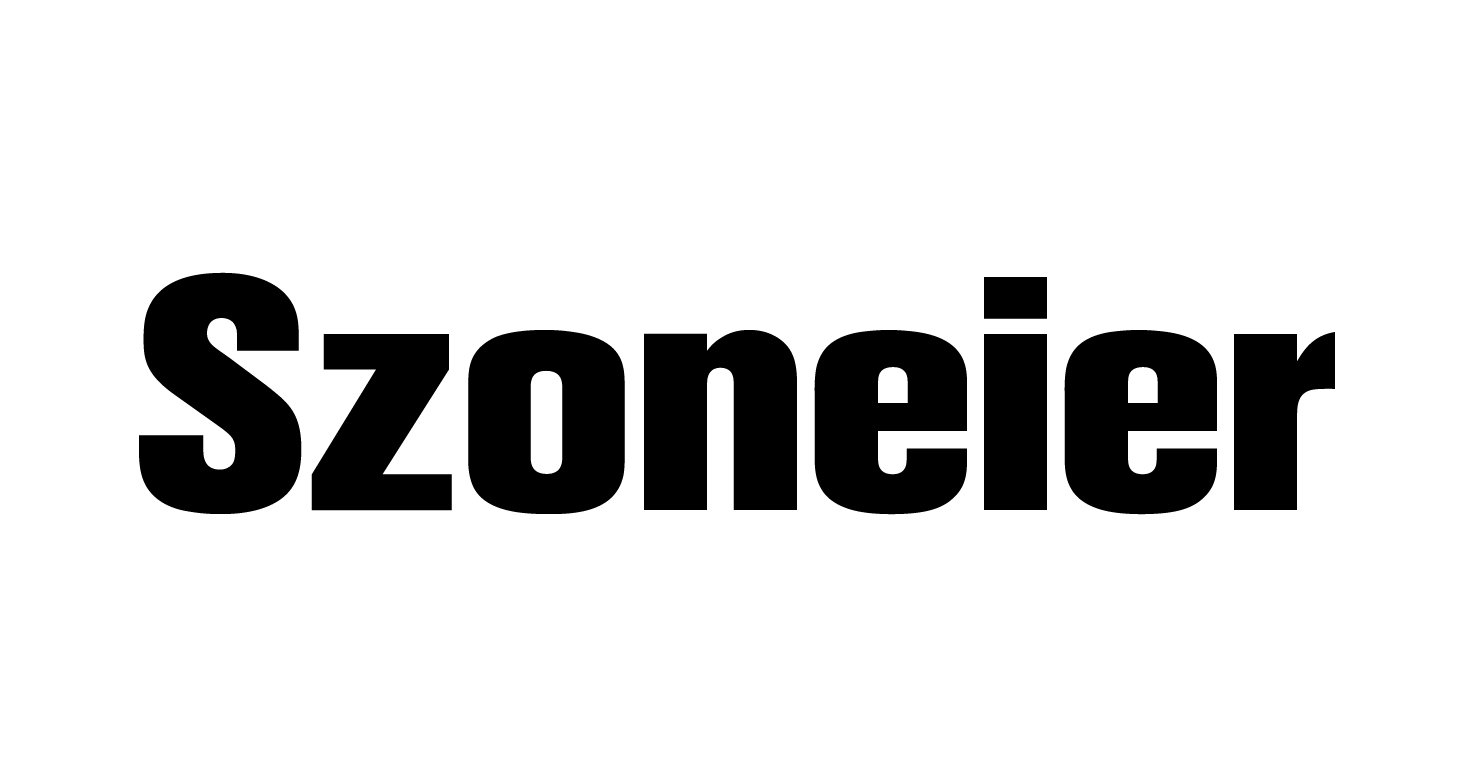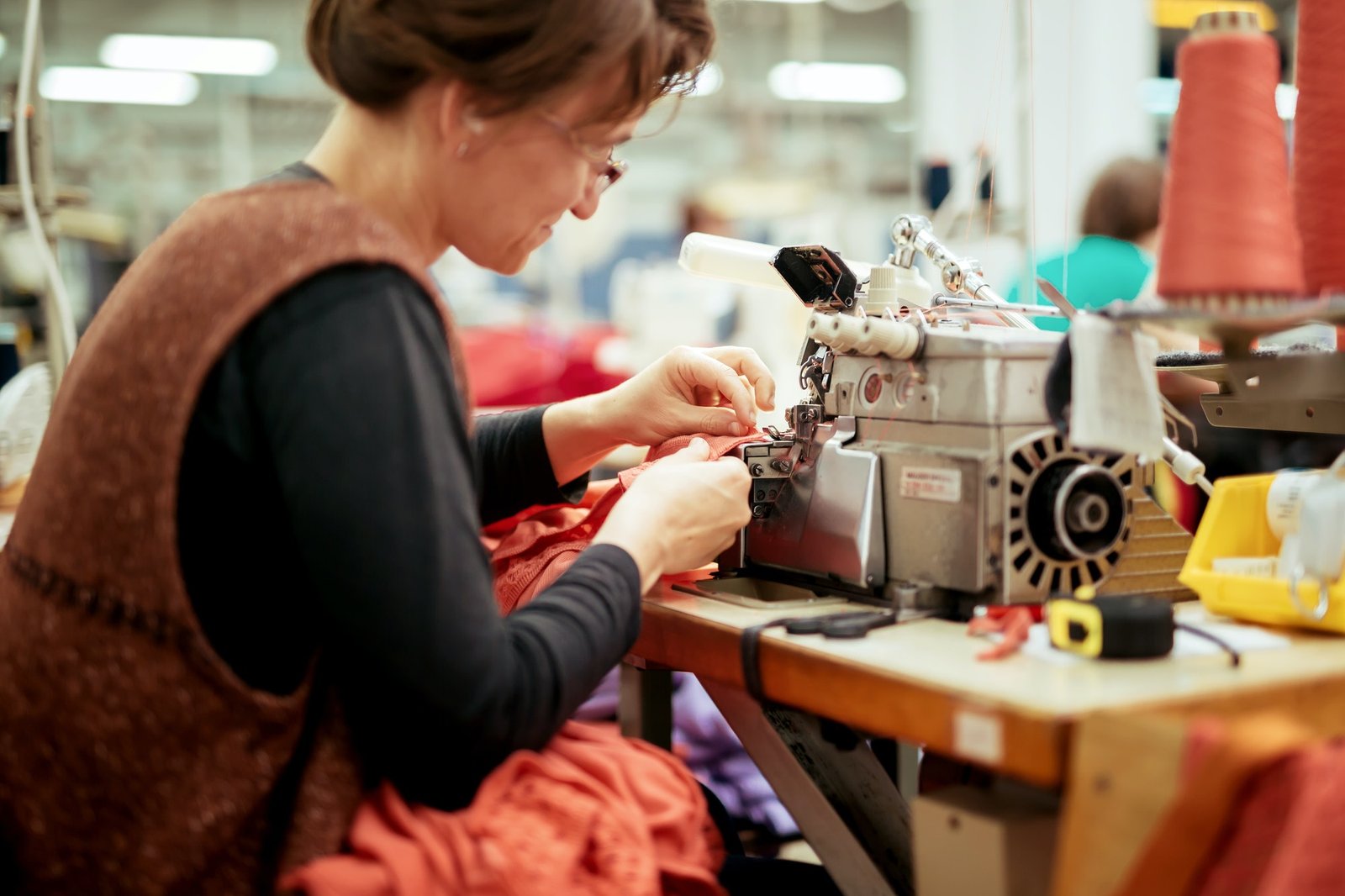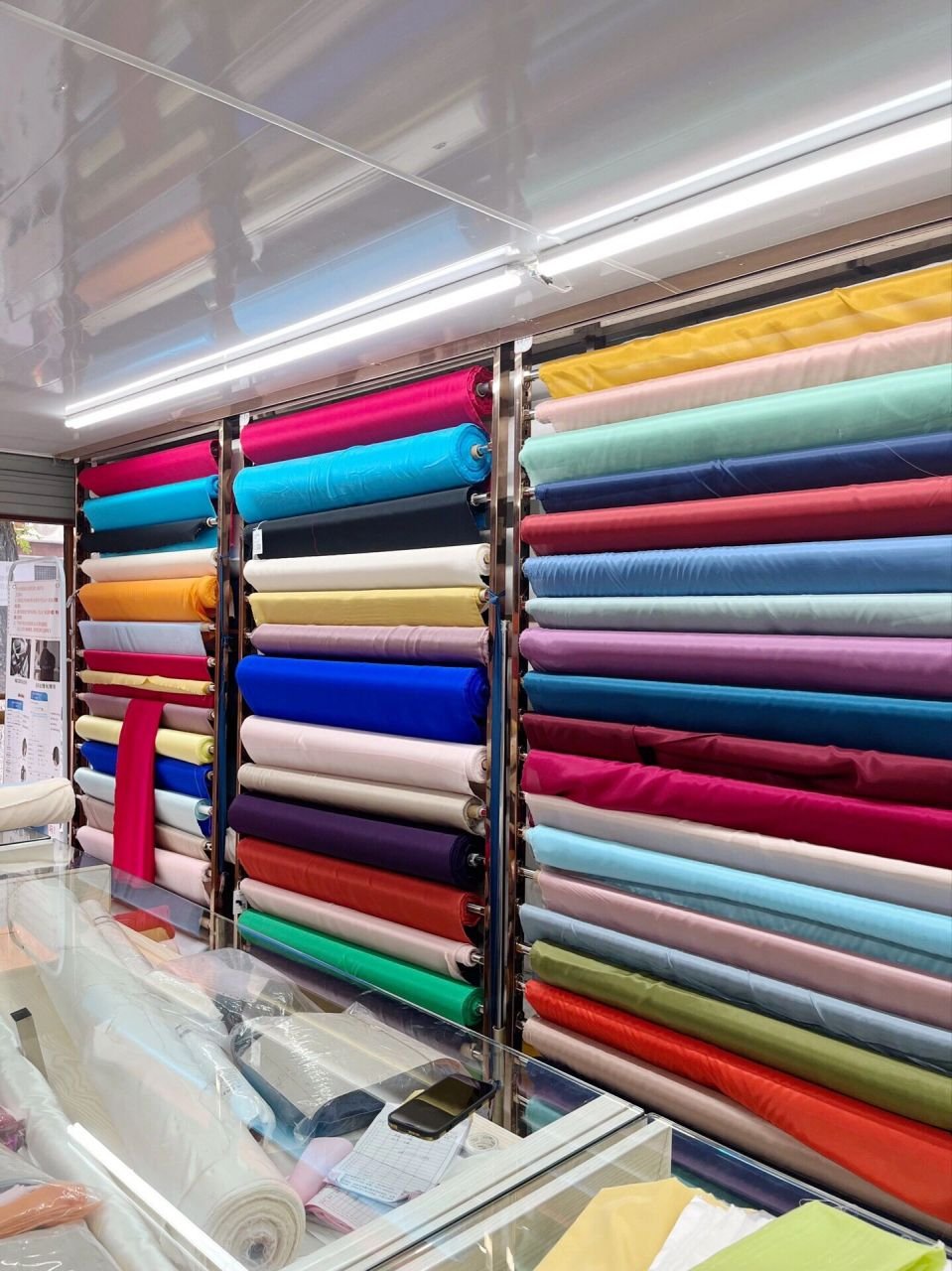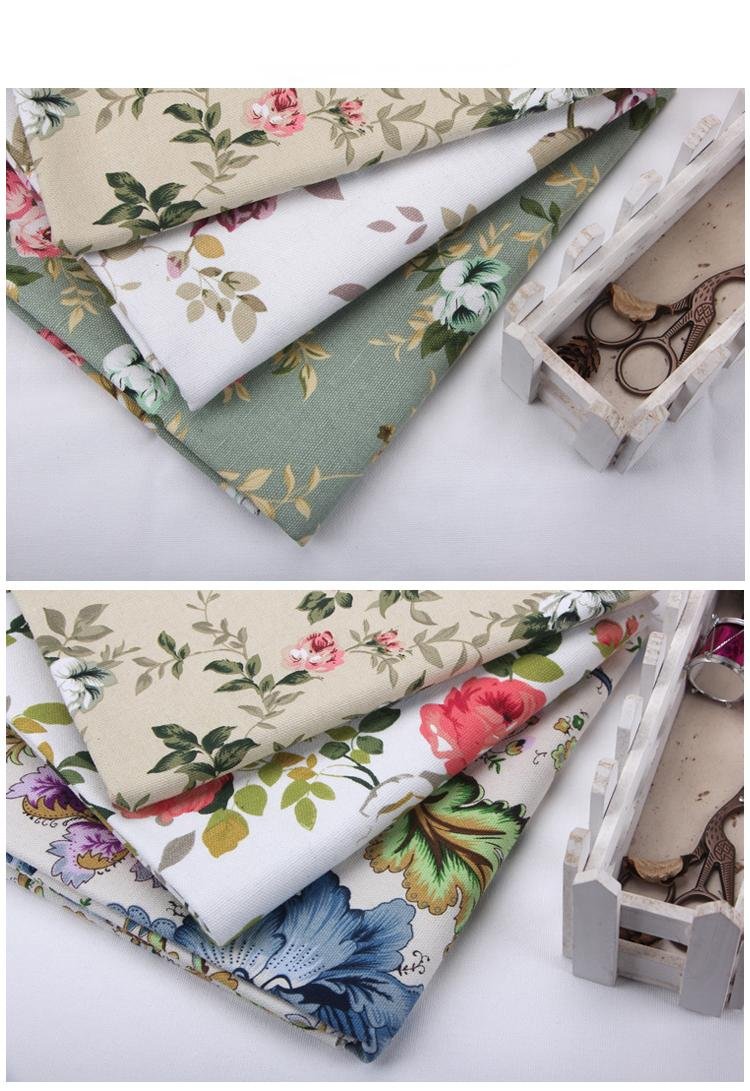Does Rayon Fabric Shrink When Dyed or Printed in Factory Settings?
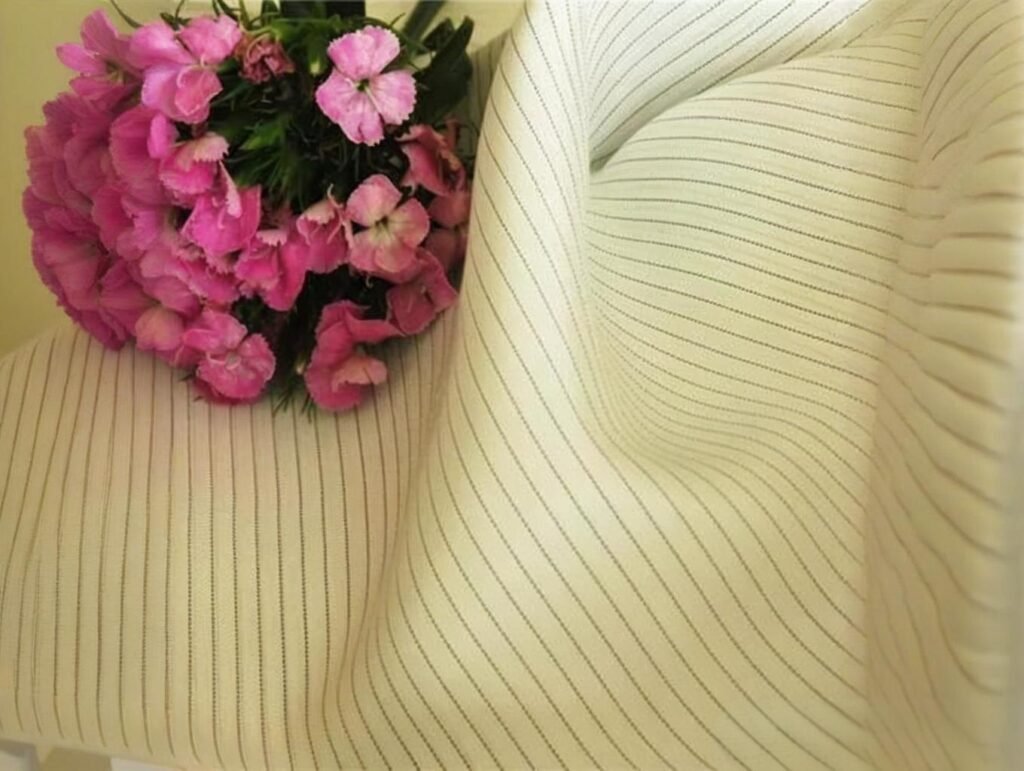
Rayon is known for its luxurious drape, breathable comfort, and versatility—but also for being unpredictable during manufacturing. When subjected to industrial dyeing or printing processes, this semi-synthetic fiber often reacts in unexpected ways. From color bleeding to shrinkage, the way rayon responds to temperature, chemicals, and moisture can dramatically affect garment quality and sizing outcomes.
Yes, rayon fabric is prone to shrinkage when dyed or printed in factory settings. The exposure to heat, water, and mechanical tension during these processes can cause rayon fibers to contract, often resulting in shrinkage rates ranging from 3% to 10%. The degree of shrinkage depends on factors like fabric structure, dyeing method, pre-treatment, and blend composition.
Picture this: a fashion label finalizes 10,000 digitally printed rayon dresses, only to discover 1 in 4 pieces fail post-wash sizing checks due to uncontrolled shrinkage. Their production timeline is at risk, and rework costs eat into profit margins. This isn’t a rare case—it’s the reality when rayon isn’t properly understood. Let’s break it down step-by-step, looking closely at the fabric’s behavior under factory dyeing and printing processes—and how professionals prevent problems before they start.
1. What Happens to Rayon Fabric During the Dyeing Process?
During dyeing, rayon fibers absorb water, heat, and dye molecules—all of which initiate swelling and movement in the fabric’s cellulose structure. Unlike polyester or nylon, rayon lacks thermoplastic memory, so any change in shape caused by dyeing can become permanent.
Rayon is particularly vulnerable during wet processing due to its hydrophilic nature. When immersed in hot water-based dye baths, the fiber structure opens up, drawing in dye and swelling simultaneously. This fiber expansion, followed by contraction during drying or curing, leads to measurable shrinkage.
Dyeing Conditions That Affect Rayon Shrinkage
a. Water Absorption & Swelling
- Rayon can absorb up to 300% of its weight in water during dyeing.
- This leads to significant expansion during immersion and contraction during drying.
b. Dye Bath Temperature
- Reactive dyes are applied at temperatures ranging from 60°C to 90°C.
- Shrinkage tends to increase with higher temperature dye baths, especially if the fabric hasn’t been pre-shrunk.
c. Mechanical Agitation
- Continuous dyeing machines apply pressure and friction.
- This tension during wet fabric handling triggers latent shrinkage once tension is removed post-dyeing.
d. Fiber Morphology
- Rayon fibers become weaker when wet (wet strength drops by up to 50%), making them more susceptible to dimensional distortion.
| Parameter | Effect on Rayon | Shrinkage Risk |
|---|---|---|
| Water absorption | Fiber swelling and expansion | High |
| Dye bath temperature | Higher = more shrinkage | Medium to high |
| Mechanical tension | Introduces latent stress | High |
| Drying method | Rapid heat causes uneven shrinkage | Medium to high |
Case Insight: A fabric mill in India observed a 7.4% shrinkage rate on unpretreated viscose rayon after vat dyeing. After introducing a cold mercerization step followed by gentle tumble drying, they reduced shrinkage to 2.1%, verified through ISO 6330 tests.
Pro Tip: If you’re sourcing dyed rayon, always ask if the fabric was pre-shrunk, relaxed post-dyeing, or sanforized. These treatments make a noticeable difference in performance.
2. How Does Heat Used in Printing or Dyeing Affect Rayon Shrinkage?
Heat plays a central role in both dye fixation and ink curing, but it’s also the top contributor to shrinkage in rayon. Whether heat is applied during steaming, drying, or pressing, the fiber’s unstable structure can react by contracting, especially when not properly pre-treated.
Rayon’s reaction to heat is amplified by moisture: humid heat causes greater shrinkage than dry heat alone. That’s why steam fixation in printing poses a higher shrinkage risk than dry curing processes like sublimation.
Heat-Related Shrinkage Mechanisms in Rayon
a. Steaming During Reactive Dye Fixation
- Common in rotary screen printing and flatbed screen dyeing.
- Steam temperatures range from 100°C to 105°C.
- Uncontrolled exposure leads to vertical shrinkage up to 6%, especially in knit structures.
b. Heat Curing for Pigment Printing
- Pigment inks require curing at 140–160°C for adhesion.
- Direct contact with heat can trigger rayon to tighten and shrink, particularly in areas with high ink density.
c. Heat and Moisture Synergy
- Moist heat = greater fiber plasticity.
- This plasticity allows for easier ink penetration, but also increased risk of fiber shape distortion.
d. Post-Print Pressing or Finishing
- Heated rollers used for calendaring or softening can lead to edge shrinkage or panel warping if tension is uneven.
| Process | Temperature (°C) | Shrinkage Risk |
|---|---|---|
| Steam fixation (reactive) | 100–105 | High |
| Pigment curing | 140–160 | Medium to high |
| Ironing post-print | 120–130 | Low to medium |
| Sublimation printing | 180–200 | Low (rarely used on rayon) |
Real-World Example: A boutique printer in Portugal reported a 5.6% size discrepancy in digitally printed rayon scarves. The culprit? Their new pigment curing unit lacked zonal temperature control, causing uneven fiber retraction. After upgrading to a hot-air tunnel with fabric tension adjustment, the shrinkage rate dropped below 2%.
Pro Tip: Before printing on rayon, run a small-scale heat simulation test to check fabric behavior under your curing conditions.
3. Do Different Types of Dyeing Methods Cause Rayon to Shrink Differently?
Yes, rayon responds differently to various dyeing methods. The shrinkage rate can vary significantly based on the chemistry, water temperature, and mechanical stress involved in each dyeing process. Choosing the right dyeing technique—and adapting it for rayon’s sensitivity—is critical for achieving size-stable garments.
Reactive dyeing, vat dyeing, and direct dyeing are the most commonly used methods for rayon. Each involves a different application and fixation process that influences how the fabric behaves post-treatment.
Comparing Dyeing Methods and Shrinkage Outcomes
a. Reactive Dyeing
- Popular for bright, washfast colors on rayon.
- Requires salt, alkali, and hot water (60–80°C).
- Typically leads to moderate to high shrinkage (4–8%) unless pre-shrinking is performed.
b. Vat Dyeing
- Offers excellent colorfastness but uses caustic soda and high heat.
- Immersion, agitation, and chemical strength can cause shrinkage as high as 10% on unprocessed rayon.
c. Direct Dyeing
- Involves low-temperature dye baths (30–60°C) and minimal chemical fixation.
- Lower shrinkage risk, but weaker washfastness—often used in budget textiles or linings.
d. Disperse Dyeing
- Not commonly used for rayon (more suitable for synthetics).
- If used on rayon blends (like rayon-poly), may still induce shrinkage if improperly set.
e. Space Dyeing / Tie-Dyeing / Yarn Dyeing
- These decorative methods involve irregular dye penetration and water immersion.
- The variability in dye concentration across fabric regions can lead to uneven shrinkage.
| Dyeing Method | Average Shrinkage % | Shrinkage Risk Level | Use Case |
|---|---|---|---|
| Reactive | 4–8% | Moderate to High | Apparel, scarves, dresses |
| Vat | 5–10% | High | High-end garments |
| Direct | 2–4% | Low to Moderate | Linings, prints |
| Yarn dyeing | 4–6% | Moderate | Knits, multicolor items |
Case Study: A European textile dye house running a reactive dye program on 100% viscose rayon achieved only 1.8% shrinkage—after integrating low-tension batch dyeing, slow drying, and a post-dye steam relaxation cycle. This showcases that process design, not just method choice, defines final results.
Pro Tip: Ask your supplier which dye method was used, and request shrinkage test results by batch. Never assume the method used automatically means shrinkage is under control.
4. Is Pre-treatment or Pre-shrinking Required Before Printing on Rayon?
Yes, pre-treatment is strongly recommended before any kind of printing on rayon, especially for direct-to-garment (DTG), screen printing, rotary printing, or digital pigment printing. Skipping this step can lead to unpredictable shrinkage during curing, uneven ink absorption, or warping of the final printed design.
Pre-treatment serves two main purposes:
- Stabilizing the fabric dimensions before exposing it to heat and moisture.
- Preparing the fabric surface to accept ink or dye evenly.
Rayon Pre-treatment Options and Their Effectiveness
a. Pre-Shrinking (Mechanical or Wet)
- Involves washing or steaming the fabric before cutting or printing.
- Significantly reduces post-print shrinkage.
- Especially important for fabrics with high GSM or loose weaves.
| Pre-shrink Process | Method | Typical Shrinkage Reduction |
|---|---|---|
| Steam Relaxation | Moist heat, drum roll | 3–5% → <1.5% |
| Cold Pad-Batch Treatment | Wet-out + rest | 4–6% → <2% |
| Hot Water Washing | Simulated consumer wash | 6–8% → <2.5% |
b. Surface Pretreatment for Printing
- In DTG or pigment printing, rayon must be coated with a pre-treatment liquid to bind ink to fiber.
- This coating also acts as a moisture barrier, improving dimensional control during ink curing.
c. Calendering and Compacting
- Helps flatten and align fibers, reducing warp and weft movement during printing.
- Often used in rotary screen printing mills for rayon shirting or fashion fabrics.
d. Fabric Resting Time
- Before printing or cutting, let the fabric sit unrolled for 24–48 hours at ambient temperature.
- This allows the fabric to release any residual tension and prevent post-process shrinkage.
Real-World Example: An Indonesian garment producer introduced a 3-step pre-treatment line (cold pad batch + enzyme rinse + 48h relaxation) for their rayon challis printing program. Not only did they reduce print distortion complaints by 91%, but they also improved fabric handle and print brightness.
Pro Tip: Always include pre-shrink specs in your production tech pack. Mention acceptable shrinkage tolerance (e.g., max 2%), and clarify whether it refers to pre- or post-printing.
5. Which Printing Techniques Are Most Likely to Cause Rayon to Shrink?
Among all fabric printing techniques, those involving high heat, steam, or prolonged moisture exposure are the most likely to cause shrinkage in rayon. Unlike synthetic fabrics, rayon is sensitive to both thermal and mechanical stress, which makes careful process selection and control critical in printing.
While all methods carry some risk, the severity depends on the print technique, ink type, curing process, and fabric preparation.
Comparing Print Methods and Their Shrinkage Risk for Rayon
a. Screen Printing (Flatbed or Rotary)
- Uses water-based or plastisol inks.
- Requires heat curing (120–160°C) or steam fixation depending on ink chemistry.
- Shrinkage often occurs if curing is too fast or uneven, especially near seams or high-ink-density areas.
b. Digital Printing (Reactive or Pigment)
- Common for fashion apparel with detailed graphics.
- Reactive ink printing requires steam fixation (100–105°C).
- Pigment printing involves dry heat curing at 140–160°C, posing moderate shrinkage risk.
- Pre-treated rayon helps reduce ink absorption irregularities that cause print misalignment.
c. Sublimation Printing
- Not typically used on 100% rayon (requires polyester content).
- For rayon-poly blends, shrinkage is minimal if the polyester content is ≥60% and process is tightly controlled.
d. Block Printing / Hand Printing
- Involves multiple rounds of wetting, drying, and pressing.
- Since most of this process is manual, shrinkage is inconsistent but high-risk if no pre-shrinking is done.
e. Heat Transfer Printing
- Uses thermal film pressed on fabric at high temperature.
- Shrinkage can occur around transfer edges due to localized heat concentration.
| Printing Technique | Curing Method | Shrinkage Risk | Notes |
|---|---|---|---|
| Screen Printing | Heat or steam | High | Shrinkage risk increases with ink volume |
| Digital Reactive | Steam fixation | High | Requires accurate time-temp control |
| Digital Pigment | Heat curing | Medium | Pre-treatment reduces ink stress |
| Sublimation (blends) | High heat (180–200°C) | Low to medium | Only suitable for rayon-polyester blends |
| Heat Transfer | Hot press | Medium | May distort edges or cause panel curling |
Case Insight: A fashion printer in Korea switched from digital reactive to pigment printing on viscose rayon skirts. While color vibrancy reduced slightly, they reported a 40% drop in shrinkage returns after integrating consistent pre-shrinking and low-temp pigment curing (140°C for 90 seconds).
Pro Tip: If you’re sourcing printed rayon garments, ask what ink and curing method is used, and request shrinkage test data per print technique.
6. How Do Fabric Blends Impact Shrinkage During Dyeing or Printing?
Blending rayon with other fibers—whether natural or synthetic—can significantly influence its shrinkage behavior. Depending on the blend ratio and the properties of the secondary fiber, rayon’s response to heat, water, and tension can either stabilize or worsen during dyeing and printing.
Understanding how these combinations behave is crucial when selecting base fabrics for value-added treatments.
Common Rayon Blends and Their Shrinkage Profiles
a. Rayon + Polyester
- Polyester adds thermal stability and dimensional resistance.
- Most commonly used in sublimation printing and wrinkle-resistant fabrics.
- Lower shrinkage rate (2–4%) compared to pure rayon, depending on polyester content.
b. Rayon + Spandex (Elastane)
- Adds stretch, but highly sensitive to heat.
- Can cause curling, distortion, or loss of elasticity if cured above 150°C.
- Requires low-temp curing or specialized ink systems.
c. Rayon + Cotton
- Both are cellulose-based, making them prone to similar shrinkage.
- Cotton’s higher tolerance to washing can sometimes mask rayon’s instability.
- Must be pre-shrunk before dyeing or printing.
d. Rayon + Linen or Hemp
- Used for natural-look fashion textiles.
- Tend to have uneven shrinkage, especially across warp and weft.
- Recommended for garments with looser fits or washed-look designs.
| Blend Composition | Shrinkage Range | Print Suitability | Notes |
|---|---|---|---|
| Rayon + Polyester (60/40) | 2–4% | High (sublimation, pigment) | Stable if polyester content >50% |
| Rayon + Spandex (95/5) | 3–6% | Medium | Cure with care; limit to 130–140°C |
| Rayon + Cotton (50/50) | 4–7% | Medium to high | Pre-shrink mandatory for best results |
| Rayon + Linen (70/30) | 5–8% | Low to medium | May distort under localized heat or pressure |
Real-World Scenario: A U.S. yoga apparel brand using a rayon-spandex blend (95/5) for digitally printed leggings faced edge-curl and print distortion. After switching to low-temp pigment ink (120°C) and extended dwell time, product returns dropped by 52%, and they retained stretch quality.
Pro Tip: If your rayon fabric includes blends, get precise fiber composition and confirm recommended max curing temperatures and dyeing pH compatibility.
7. Are There Industry Standards for Controlling Shrinkage During Fabric Finishing?
Yes. Global textile standards organizations have developed comprehensive protocols to assess and control shrinkage during and after fabric finishing. These standards help manufacturers simulate real-world handling conditions like washing, drying, ironing, and chemical exposure, which are especially critical for sensitive fibers like rayon.
Rayon’s unpredictable behavior makes strict adherence to these standards a core requirement—not a luxury.
International Standards and Factory Applications
a. AATCC and ISO Standards for Shrinkage Testing
- AATCC 135 (Home Laundering Test): Simulates domestic laundry conditions using multiple temperature and drying cycles. Common in U.S., Canada, and Latin American production facilities.
- ISO 6330 (Domestic Washing and Drying): European Union’s gold standard for wash shrinkage. Includes protocols for various detergent types, spin cycles, and drying methods.
| Test Standard | Regions Used | Shrinkage Limit (Apparel) | Rayon Recommendation |
|---|---|---|---|
| AATCC 135 | U.S., South America | ≤3% | Suitable for readywear |
| ISO 6330 | Europe, Middle East | ≤2% | Preferred for premium brands |
b. Standard Lab Equipment
- Launder-Ometer for accelerated wash simulation.
- Shrinkage scales & templates to measure length/width change.
- Tensionless dryers to test heat recovery behavior.
c. Mill-Level Best Practices
- Fabric batches are often tested after each wet process stage: dyeing, printing, and finishing.
- Many certified mills provide 3rd-party test reports (e.g., SGS, Intertek) with tolerance data.
Real Example: A premium woven rayon supplier in Turkey adopted ISO 6330 testing on all print batches. They reported a 35% decrease in return claims from European clients after integrating automated testing at both grey fabric and finished fabric stages.
Pro Tip: Always request full testing documentation before approving a print fabric. Look for labels like “Tested to ISO 6330:2012” or “Shrinkage ≤2% certified.”
8. What Best Practices Can Prevent Shrinkage During Dyeing and Printing of Rayon?
Avoiding rayon shrinkage is possible—not by luck, but by integrating a full-spectrum strategy across sourcing, processing, and QA. Brands and manufacturers that succeed with rayon do so by combining engineering, testing, and team education.
Below is a complete playbook of professional best practices to minimize risk and ensure consistent garment outcomes.
End-to-End Solutions for Managing Rayon Shrinkage
a. Sourcing Smart
- Choose pre-shrunk or stabilized rayon fabrics from mills with dyeing expertise.
- Favor rayon-modal or rayon-poly blends if shrinkage tolerance is tight.
- Insist on spec sheets with shrinkage data from recent production batches.
b. Pre-Processing Control
- Allow 24–48 hours of fabric relaxation after unrolling.
- Run swatch-level shrinkage tests before any dyeing or printing.
- Use steam or enzyme pre-treatments to reduce shrink-prone tension.
c. Process Optimization During Dyeing and Printing
- Use low-tension dyeing equipment where possible (e.g., jet dyeing).
- Control temperature ramps and curing dwell time to avoid abrupt fiber reactions.
- Choose low-heat pigment inks for digital printing on rayon.
d. Post-Treatment
- Introduce a finishing step like sanforization or compacting after dye/print.
- Set up an internal quality control checkpoint for shrinkage measurement before garments go to sewing.
e. Training and Documentation
- Educate production teams on rayon handling, print curing risks, and shrinkage trends.
- Use checklists for every production run that include:
- Pre-treatment details
- Print/curing settings
- Fabric batch tracking numbers
- Shrinkage tolerance test results
| Production Stage | Action | Benefit |
|---|---|---|
| Sourcing | Request pre-shrunk fabric, verify fiber specs | Reduced fabric variability |
| Pre-treatment | Steam relax, enzyme rinse | Controlled fiber tension |
| Dyeing/Printing | Controlled heat and time, batch testing | Minimized dimensional change |
| QA & Testing | ISO 6330 or AATCC 135, swatch monitoring | Early shrinkage detection |
| Post-finishing | Sanforizing, calendering | Long-term shape retention |
Case Study: A women’s fashion label in New York adopted a 5-point rayon QA protocol including in-house ISO shrinkage tests and printer pre-certification. In two seasons, they reported:
- 72% fewer sizing complaints
- 18% lower production rejection rate
- Improved supplier relationships with clearly documented expectations
Rayon Printing Can Be Stable—If You Engineer It Right
Rayon is one of the most rewarding yet unpredictable fabrics to work with. Its elegant drape and rich printability make it ideal for high-end fashion and lifestyle garments. But if shrinkage isn’t proactively managed during dyeing or printing, you risk inconsistent sizing, skewed graphics, and costly rework.
With the right pre-treatment, process control, blend selection, and testing standards in place, you can transform rayon’s volatility into reliability.
At SzoneierFabrics, we specialize in producing shrinkage-controlled rayon fabrics ready for dyeing, digital printing, and garment construction. Our production team understands the technical variables at play and collaborates closely with each customer to:
- 👕 Provide fully tested and pre-shrunk rayon fabric
- 🎨 Match specific printing techniques with proper stabilization
- 🧪 Share certified lab test reports (ISO / AATCC standards)
- 🚀 Offer rapid sampling and MOQ-friendly custom development
rayon fabric shrinkage, rayon shrinkage after dyeing, does rayon shrink when printed, pre-shrinking rayon fabric, printing on rayon fabric, dyeing rayon fabric process, digital printing on rayon, shrinkage control in rayon, factory dyeing of rayon, rayon screen printing shrinkage, reactive dye shrinkage, ISO 6330 shrinkage test, AATCC 135 test for rayon, rayon fabric printing guide, how to stabilize rayon, shrinkage in rayon blends, rayon and polyester shrinkage, rayon spandex shrinkage, best practices for printing rayon, pre-treatment for rayon printing, pigment printing on rayon, dye fixation and shrinkage, sanforized rayon fabric, how to reduce rayon shrinkage, rayon fabric quality control, fabric shrinkage during printing, rayon fabric testing methods, heat curing rayon fabric, water-based ink on rayon, rayon printing temperature,
Can't find the answers?
No worries, please contact us and we will answer all the questions you have during the whole process of bag customization.
Make A Sample First?
If you have your own artwork, logo design files, or just an idea,please provide details about your project requirements, including preferred fabric, color, and customization options,we’re excited to assist you in bringing your bespoke bag designs to life through our sample production process.
